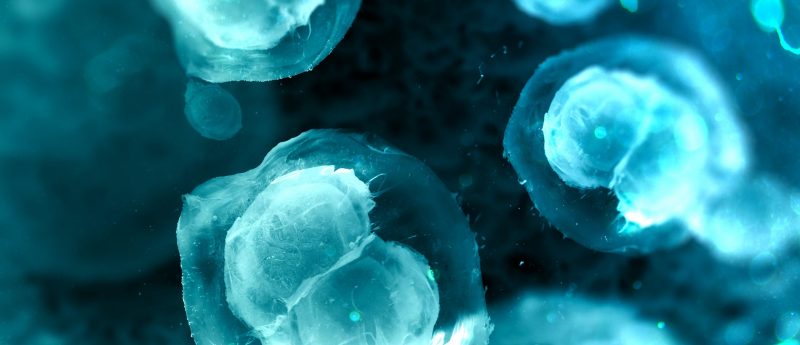Stem cells found to mature at native rate despite murine implantation

Researchers have discovered that human neural stem cells that are grafted into a murine model with spinal cord injuries have prolonged maturation.
Researchers from UC San Diego and the San Diego Veterans Administration Medical Center (both CA, USA) have discovered that human neural stem cells (NSCs) that are grafted into a murine model with spinal cord injuries mature at a human rate, with functional recovery beginning one year after grafting. The research was recently published in the Journal of Clinical Investigation.
The researchers had previously discovered that NSCs can survive implantation into animal models and even make new connections, which could restore limited physical function. The major questions that came from these studies were whether NSCs in animal models would accurately reflect function in future human patients.
“Most NSC grafting studies have been short-term, measuring survival times in weeks to a few months,” commented study author and director of the UC San Diego Translational Neuroscience Institute Mark Tuszynski.
“That’s not enough time to fully measure the growth and maturation rate of human NSCs or what changes might occur farther out from the original grafting. These are important considerations, not just for the basic science of stem cell biology, but for the practical design of translational human trials using NSCs for spinal cord injuries. We need to better understand the long-term nature and time course so that we can accurately assess results and success.”
In this study, researchers assessed human H9 NSCs that were implanted into sites of spinal cord injury in a murine model over a period of 1.5 years. Over the period of the study, the NSC grafts aged and the cells continued to display gradual, human development processes, including natural pruning and redistribution to focus development on fewer but more mature cells.
“To our surprise, we found evidence of continued stem cell maturation throughout the period,” explained study lead author and associate professor of neurosciences Paul Lu (UC San Diego).
“It was clear that these neural stem cells retained their intrinsic maturation programs despite a prolonged presence in a challenging environment. The recovery of forelimb function in the rats supports the basic therapeutic idea, but importantly, improvement occurred only after mature cell markers of both neuronal and glial lineages were expressed.”
“The bottom line is that clinical outcome measures for future trials need to be focused on long time points after grafting,” concluded Tuszynski. “Reliance on short time points for primary outcome measures may produce misleadingly negative interpretation of results. We need to take into account the prolonged developmental biology of neural stem cells. Success, it would seem, will take time.”
Sources: Lu P, Ceto S, Wang Y et al. Prolonged human neural stem cell maturation supports recovery in injured rodent CNS. J. Clin. Invest. Aug 21. pii: 92955. doi: 10.1172/JCI92955 (2017) (Epub ahead of print); https://eurekalert.org/pub_rel…